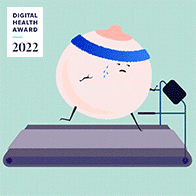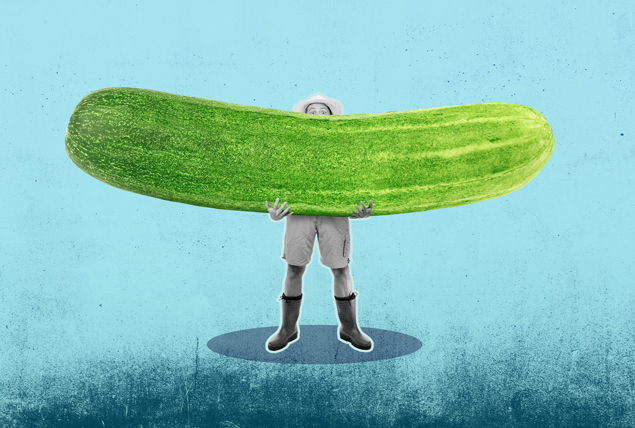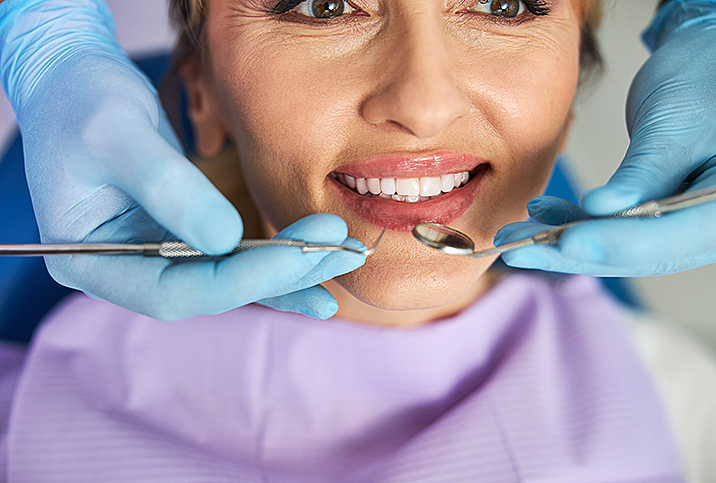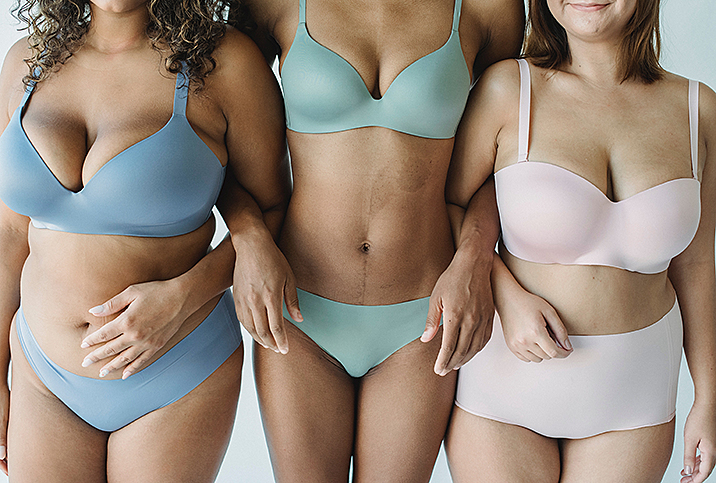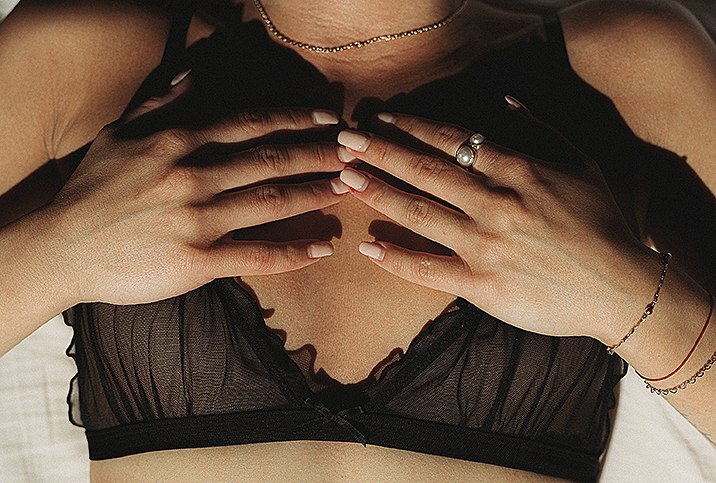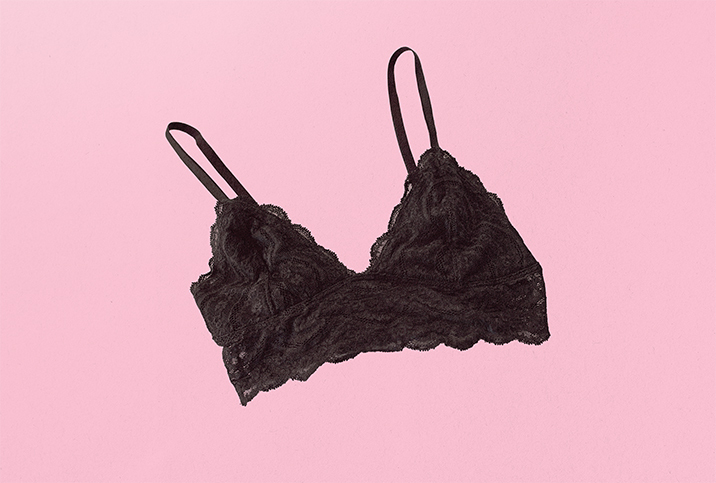What Is the Purpose of Breasts Outside of Breastfeeding?
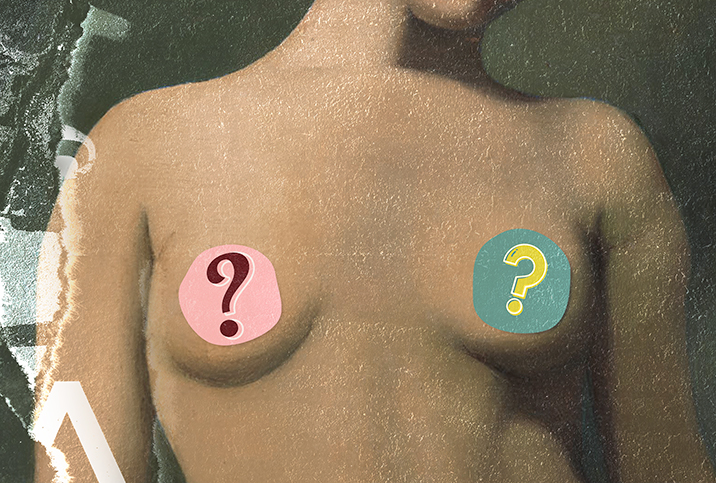
Parts of society have been obsessed with human breasts for so long that it's easy to forget they are a functional part of the body.
Humans are unusual in that we have permanent breasts and they don't appear only for breastfeeding, as they do in every other primate as well as mammals in general.
This anatomy could indicate that breasts are not just there for feeding and have another biological purpose. Academics have a wealth of ideas about the subject but can't agree on a reason or prove one without a doubt.
So, what is the purpose of breasts outside of breastfeeding?
Popular theories
The purpose of breasts outside of breastfeeding has a long history of possible theories, but there isn't one concrete answer.
A 2021 Cambridge review noted that "the adaptive role and developmental pattern of this breast morphology, unusual among primates, remains an unresolved conundrum."
In 1987, biologist Tim Caro reviewed seven popular hypotheses for the purpose of the human breast:
- They act as releasers of male sexual behavior.
- They enable females to hide their reproductive condition.
- They allow infants to nurse from their mother's hip.
- Large breasts indicate lactational potential.
- They demonstrate the mother's ability to invest prenatally in children.
- They're an indicator of the mother's fertility.
- They're an indicator of the mother's longevity.
One of the world's most famous biologists, Charles Darwin, was a supporter of reproductive reasoning. Alyssa Crittenden, Ph.D., the dean of the University of Nevada, Las Vegas Graduate College and a specialist in anthropology and human biology, explained that in "The Descent of Man," Darwin theorized that sexual beauty, like the tail of a peacock, was important in sexual selection.
The differences in appearance between sexes (sexual dimorphism) could allow the animal to compete more successfully for mates or attract them. Now we know that both of these elements—sexual and natural selection—are important for evolution, she said. Crittenden said some experts, such as human behavioral ecologist and ethnographer Frank Marlowe, argued that permanently enlarged breasts are a signal of reproductive age, or puberty.
In his 1967 book "The Naked Ape," in which he treated humans as any other animal, zoologist Desmond Morris proposed that breasts replaced the swollen rear end as an object of sexual attraction in primates. However, David P. Barash, Ph.D., professor emeritus of psychology at the University of Washington and author of "Homo Mysterious: Evolutionary Puzzles of Human Nature," dismissed Morris' theory of breasts as a signal to facilitate face-to-face copulation as the "most absurd" of all the ideas.
Crittenden acknowledged that lactation theories are prevalent as "perhaps they are tethered to the growing infant brain in our evolutionary past." Another proposal is that breasts serve as fat reserves because feeding babies has a "high energetic cost," she added.
Barash pointed out that people have many areas to utilize as fat reserves, such as the stomach, hips and upper arms. He said the ability of larger breasts to "signal ability to nourish offspring is a deceptive come-on if true because non-lactating breasts are filled with fat, not glandular tissue."
A study on men's preferences for women's breast size and shape in four cultures—Brazil, Cameroon, the Czech Republic and Namibia—found preferences were variable, but most men desired firm, medium-sized breasts. This finding challenged the idea that larger breasts are created by higher estrogen and, therefore, demonstrate fertility potential.
"This pattern supports the idea that breast morphology may serve as a residual fertility indicator, but offers more limited support for the potential fertility indicator hypothesis," the study authors concluded.
Barash understands the effects that cultural nuances have on a hypothesis.
"Breasts have a purely sexual role in much of the world, but not everywhere. In many tropical societies, bare-breastedness is common and not seen as sexy," Barash said.
Hala Mazin, M.D., a physician at the University of Texas Health Science Center based in Houston, explained that breasts are composed of fat, glandular tissue and supportive connective tissue. She said the glandular tissue is made of ducts and lobules that produce milk when signaled by hormones. This tissue develops as a result of estrogen in puberty.
The drawback of having breasts
One of the major drawbacks of permanent mammary glands is the potential for breast cancer.
"Breast cancer risk does not increase in comparison with the size of a woman's breasts, but instead risk is increased the denser a woman's breasts are," explained Nancy Elliott, M.D., founder and director of Montclair Breast Center in New Jersey.
Breast density is discovered by mammographic imaging as opposed to how they feel. Men's breasts are made more from fat and fibrous tissue with fewer ducts and lobules as well as less estrogen exposure, which is why their risk is lower, she added. However, it is possible for men to get breast cancer.
The takeaway
Mazin acknowledged that while there are several popular theories for the purpose of breasts outside of breastfeeding, scientists have yet to find an answer.
Barash agreed: "[There are] lots of hypotheses, but none even rise to the level of being legitimated as 'theories,' but in short, no one knows!"








